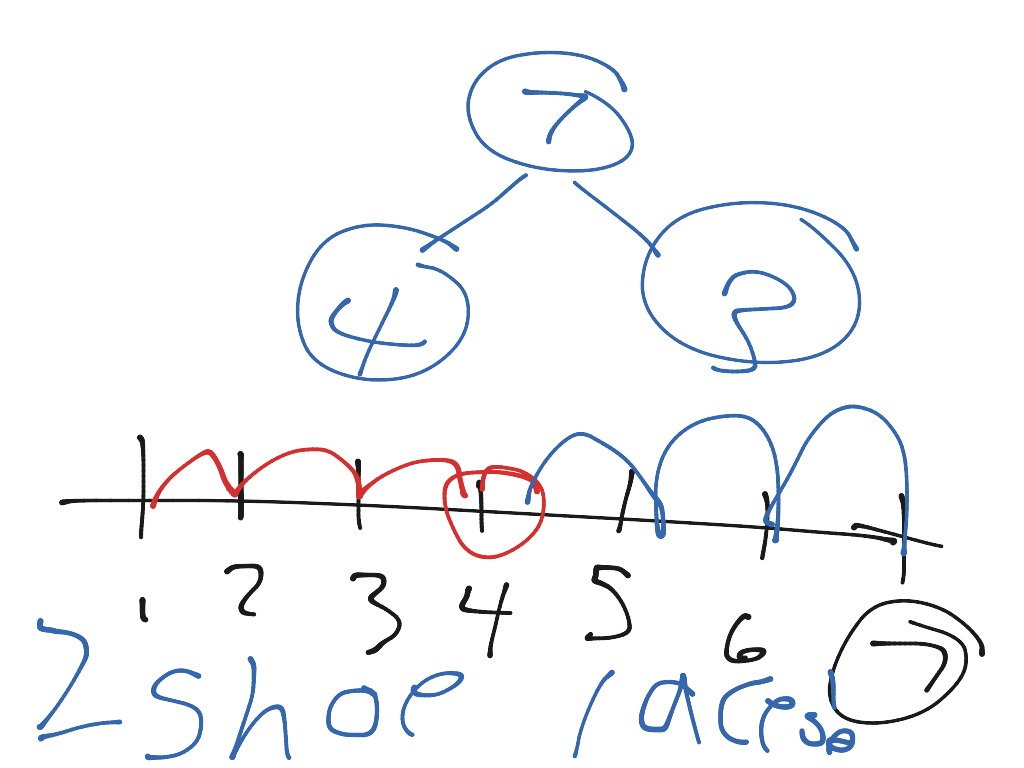

We can’t talk about the intersection of art, math, and music without addressing the elephant in the room. Leonardo Da Vinci: art, math, and music embodied The act of making one or another note the tonal center is called “tonicization.” For instance, if we’re in the key of F# then all other notes are oriented around the note F# and F# is the tonic.įor many, the idioms of “home-base” or “home-note” are useful analogies for the tonic. The context in which all other notes are compared to a given tonic is called the “key,” and it is named after the tonic itself. It is the note by which all others are compared. Any of them could be the “one.” The “one” is the tonic. It tells you what the next note will be (the one). The use of the 5th note in the scale as a first melody note is often called a “pick-up” note, as it allows others who would join you the opportunity to “pick-up” the tune. This “chord-change” is so commonly heard by audiences of the Western musical tradition that it is precedented in our minds, even when we only hear the root motion or tritone resolution separately.

The sound of these two notes in sequence (5, 1) references a more complex chordal interaction, which combines 5,1 root motion with something called tritone resolution. The fifth note of all the notes in the scale, wants to resolve to the first note in the scale, the tonal center, the most. A further assistance is provided, in that the first melody note in “Happy Birthday” is the fifth note in the major scale of whatever key the song is being performed in (which is often random, as afore mentioned). This is done in many churches too, as an organ player draws out the first few notes of a phrase to get the rest of the parishioners on the same tonal page. As a courtesy to the unwitting chorus about to be called into action, the first person to sing will draw out the first melody note on “haaaaappy” to give new-joiners the opportunity to re-orient their tonal center. The entire melody that proceeds from the first note uttered must be adjusted, up or down, to match the precise permutation of intervals over time that we call “Happy Birthday.”įor a few notable reasons “Happy Birthday” is extremely well designed for the uses we put it to. Well, I can guarantee you that the instigators of this ceremonial chant in each instance are not somehow miraculously picking the exact same note to start on. Someone, pretty randomly, picks a lowish-note to start the “haaaaaappy birthday” melody, and everybody joins in by about the end of the first word. As an example of this, let us take the spontaneous choir that manifests itself at birthday parties all over the United States.


Painting music math art how to#
So what do we know intuitively? We know how to re-orient a melody around a particular “central” note. However, just like with fractions, once one is able to connect their intuitive understanding to the nomenclature epiphany ensues. Similarly, many new students to music find the subject of tonicization confusing. In early maths, many children struggle with fractions. Tonicization is among the most fundamental of concepts in music theory, but initially it can be hard to wrap your mind around. Chances are that you already know what tonicization is, only you may call it something different or may not have a name for it at all.


 0 kommentar(er)
0 kommentar(er)
